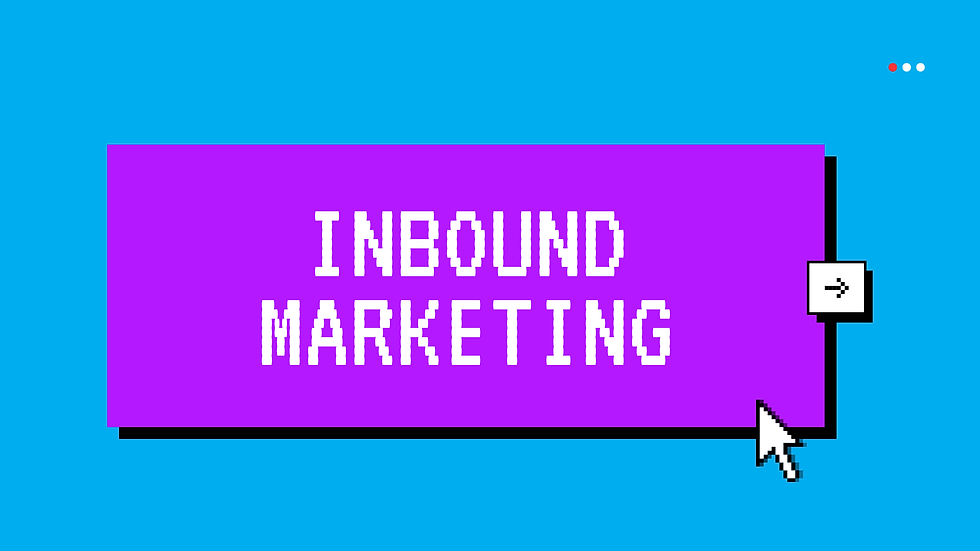What is Social Media Marketing? - Learn the 5 core parts
- Olivia J.

- Jul 25, 2022
- 4 min read

In short, social media marketing is using social media platforms to connect with your audience to build your brand and increase sales.
This involves creating great content for your social media accounts, listening to your followers and engaging them, as well as analyzing your results, and running social media ads.
Currently, Facebook, Instagram, TikTok, YouTube, LinkedIn, and Twitter are the top social media platforms. But the number and popularity of others are rising.
Businesses can also use various social management tools to make the most of the different social media platforms. CoSchedule, a platform for social media management, can help you with your social marketing.
No matter if you are looking to grow your company or build a brand, we can help.
Jump to:
Social Media Marketing: A Quick Overview
Social media marketing began with publishing. Businesses were sharing their content via social media to generate traffic and sales.
Social media is no longer a place for broadcasting content.
Nowadays, social media is used by businesses in a variety of ways.
One example is a business that cares about what people say about their brand.
They monitor social media conversations and respond to relevant mentions (social media listening and engagement).
With a social media analytics tool, a business can analyze its social media reach, engagement, sales, and other metrics.
To reach a particular audience, a company would run highly targeted social media ads (social media advertising).
They are sometimes also called social media management.
Social Media Marketing: The Five Core Pillars
1. Strategy
Before you jump in and start publishing something on social media, let's stop and look at the bigger picture.
First, think about your social media strategy.
What are your goals?
Can social media help you achieve your company goals? While some businesses use social media to increase their brand recognition, others do so to drive traffic to their websites and sell more.
Social media can be used to generate engagement about your brand, build community, and support customers.
Which social platforms are you going to be focusing your attention on?
We can get back to the ones mentioned before, Facebook, Instagram, TikTok, YouTube, LinkedIn, and Twitter. You could also look at other social messaging platforms such as WeChat, WhatsApp, Messenger, and WhatsApp.
It is better to start out on a few platforms where you feel your target audience is than to be everywhere.
What content are you looking to share?
How will your target audience respond best? Do you want images, videos, links, or both? Do you find it entertaining or educational? You can start by creating a marketing persona. This will help you answer these queries.
The good news is that you don't have to keep this fixed. You can always modify your strategy depending on the performance of your social media posts.
2. Planning and Publishing
Social media marketing for small businesses often starts with a consistent presence on social media.
Nearly three billion people (that has like 9 zeros!) use social media.
You allow your brand to be found by potential customers by being active on social media.
It's as simple as sharing a post, image, or video on social media. It works the same way you would post on your Facebook profile. Instead of publishing content randomly, you'll want to plan your content.
To maximize your social media reach, you have to publish high-quality content your audience enjoys at the best time.
A number of different social media scheduling tools such as CoSchedule or Buffer can be used to publish your content automatically at the time that you prefer.
By doing so, you will save your time and allow yourself to reach your audience at the most engaging times.
3. Listening and Engagement
Your business's social media following will grow, and so will conversations about your brand.
People will comment on your posts on social media, tag you in posts, or message you directly.
Others might mention your brand on social media without you even being aware. Monitoring social media conversations about the brand is a must.
If they make a positive comment, it gives you a chance to delight and surprise them. If it's not, you can help and correct the situation.
While you can manually monitor all your notifications across social media platforms, it is not efficient. You won't see the posts that your business hasn't been tagged on.
Instead, you could use a Social Media Listening and Engagement Tool to aggregate all your social media mentions or messages, even those that weren't tagged in your business's profile.
4. Analytics and Reporting
You'll want to track how social media marketing is performing.
Are you reaching more people via social media than you did last month? How many positive mentions do your posts get each month?
How many people shared your hashtag on social media?
Social media platforms provide essential information. A wide range of social analytics tools offers more detail and easy comparisons across social media platforms.
5. Advertising
You might consider social media ads if you have the funds to increase your social media reach.
Social media ads can aid you in reaching a larger audience than those who already follow you.
A number of social media advertising platforms allow you to specify the audience to which your ads should be displayed.
You can target audiences according to their demographics, interests, and behavior.
A social media advertising tool can be used to automate and optimize social media campaigns, especially if you have many.




Comments